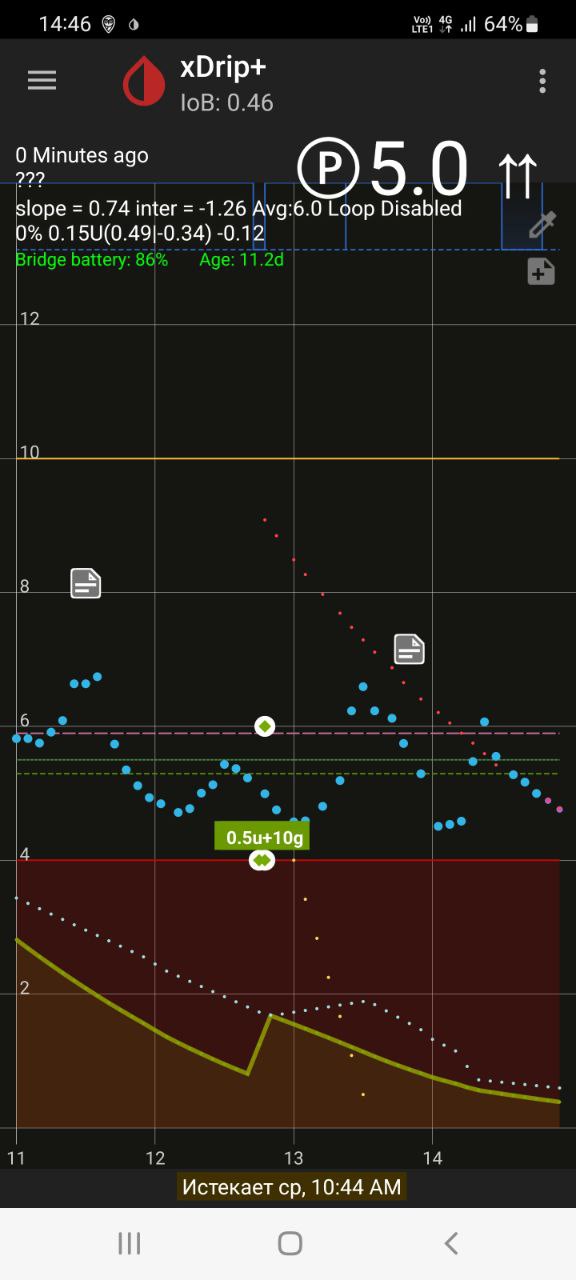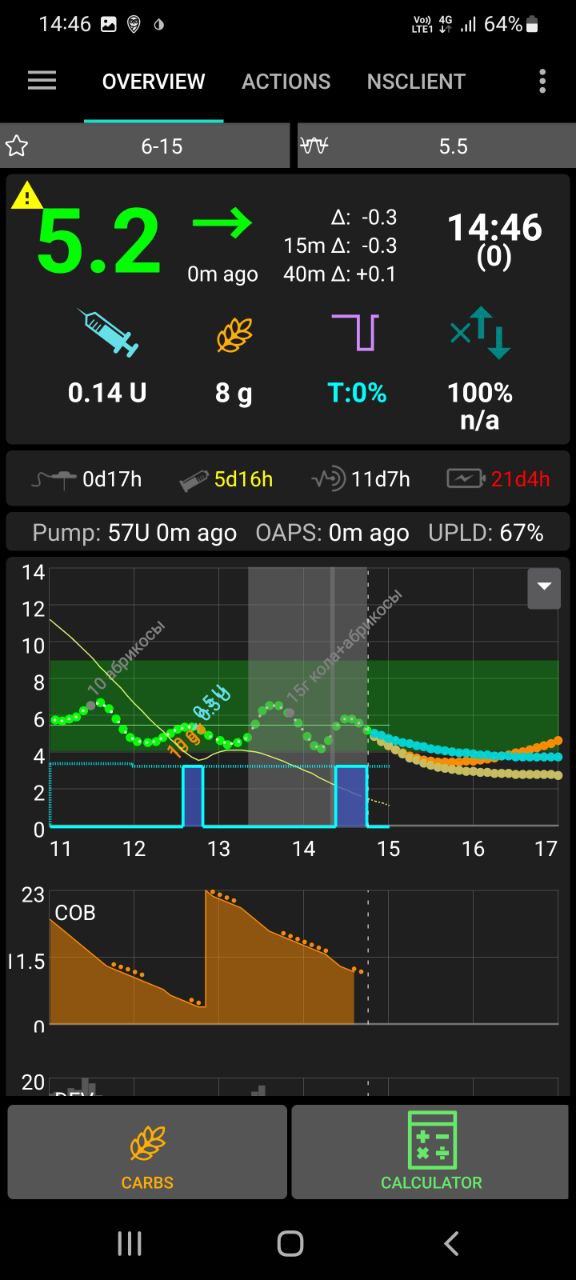Replies: 4 comments 5 replies
-
|
Smoothing is done by attenuating the high-frequency content, a low-pass filter. However, there are times your glucose may indeed contain high frequency. As an example think of a time you may eat and forget to take insulin. Hopefully, this never happens to you. But, if it does, your glucose will suddenly rise. This sudden change is a high-frequency component, which is a real component and not noise. Attenuating the high-frequency content, in this case, will in fact delay the real rise of your glucose in the graph. We have had this conversation and the consensus has been that any optional smoothing should be done by the controller (AAPS) itself and not the CGM (xDrip). |
Beta Was this translation helpful? Give feedback.
-
|
@justmara can you explain what the question exactly is here? thanks |
Beta Was this translation helpful? Give feedback.
-
|
@justmara do you have an example (maybe an excel one) of real data and how it looks with simple average compared to the AAPS code? Would be very interesting to see. |
Beta Was this translation helpful? Give feedback.
-
|
Is there. Way to disable smoothing in xdrip altogether and rely the smoothing solely to AAPS? |
Beta Was this translation helpful? Give feedback.
Uh oh!
There was an error while loading. Please reload this page.
Uh oh!
There was an error while loading. Please reload this page.
-
Hi. Here I have BG data smoothing weighted average algo taken from Tsunami for AndroidAPS. It is very effective for smoothing sensor noise.


But there is always more room for perfection :) I think it can become even more effective if implemented in xDrip where it can be applied to trend per-minute data, instead of final 5-min data. Am I right?
I'm not any good in porting back to java code neither in xDrip internals, but imho it seems to be pretty easy to implement into ReadingData instead of current
calculateSmoothDataImprovedfor example. What do you think?Beta Was this translation helpful? Give feedback.
All reactions